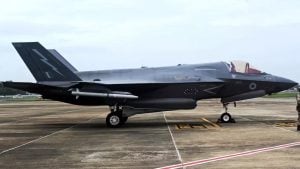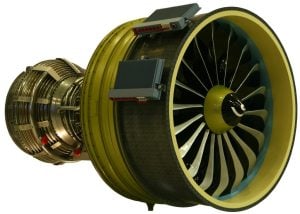Aspiring candidates for the Combined Defence Services (CDS) examination are well aware of the diverse topics they need to master to excel in their pursuit of a career in the armed forces. Among the crucial subjects, understanding the atmosphere and its layers holds significant importance. This article aims to elucidate the relevance of comprehending the atmosphere and its layers for CDS aspirants.
Atmosphere & It’s Composition
Importance of Atmosphere: The atmosphere is a vital component of the Earth’s system, playing a multifaceted role in various aspects crucial for military operations and strategic planning. For CDS aspirants, grasping the fundamentals of the atmosphere is imperative due to several reasons:
- Strategic Advantage: Military operations, especially aerial maneuvers, are greatly influenced by atmospheric conditions. Understanding atmospheric phenomena such as wind patterns, temperature gradients, and air pressure variations can provide a strategic advantage in planning missions, deployment of resources, and conducting tactical operations.
- Weather Forecasting: Accurate weather forecasting is indispensable for military planning and execution. The atmosphere directly influences weather patterns, and knowledge of atmospheric dynamics enables military personnel to anticipate changes in weather conditions, thereby facilitating informed decision-making during operations.
- Aerospace Operations: In the realm of aerospace operations, including aviation and missile systems, a profound understanding of atmospheric properties is crucial for navigation, aircraft performance, and trajectory calculations. Mastery of topics such as air density, altitude effects, and atmospheric stability is essential for optimizing aerospace capabilities.
- Environmental Factors: The environment, including atmospheric conditions, significantly impacts military logistics, infrastructure, and resource management. Awareness of environmental factors aids in mitigating risks, optimizing resource utilization, and enhancing operational efficiency in diverse terrains and climatic conditions.
Understanding Atmospheric Layers: The Earth’s atmosphere is stratified into distinct layers, each characterized by unique properties and functions. For CDS aspirants, familiarity with these layers is essential for comprehending atmospheric dynamics and their implications for military operations:
- Troposphere: The lowest layer of the atmosphere, where most weather phenomena occur and commercial aviation operates. CDS aspirants should grasp the significance of the troposphere in influencing ground-level conditions and its relevance for tactical operations and aviation strategies.
- Stratosphere: Above the troposphere lies the stratosphere, known for containing the ozone layer, which absorbs harmful ultraviolet radiation from the sun. Understanding the stratosphere is crucial for assessing atmospheric protection mechanisms and their implications for military personnel exposed to high-altitude environments.
- Mesosphere and Thermosphere: The mesosphere and thermosphere extend into the upper atmosphere, where phenomena such as auroras and atmospheric ionization occur. CDS aspirants should appreciate the role of these layers in space weather dynamics and their relevance for satellite communications and missile defense systems.
- Exosphere: The outermost layer of the atmosphere, transitioning into space, where atmospheric particles gradually disperse into the vacuum. Awareness of the exosphere is pertinent for understanding the boundaries of Earth’s influence and the challenges posed by space-based operations and satellite technologies.
Conclusion: In conclusion, the atmosphere and its layers hold immense significance for CDS aspirants, providing insights into environmental factors, weather dynamics, and aerospace operations critical for military preparedness and strategic planning. By mastering these concepts, aspirants can enhance their understanding of the interplay between atmospheric phenomena and military operations, thereby strengthening their candidacy for the prestigious CDS examination and subsequent careers in the armed forces.





















